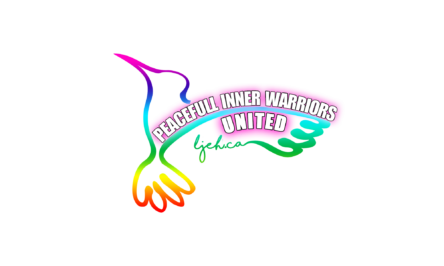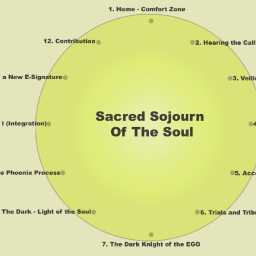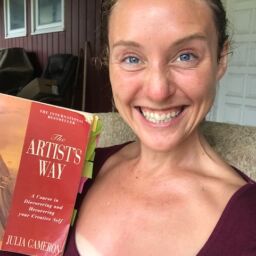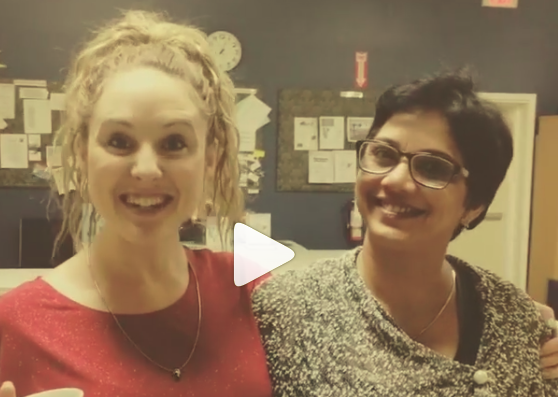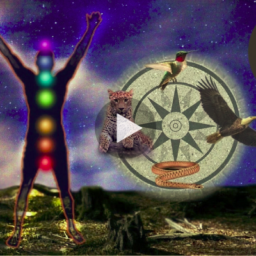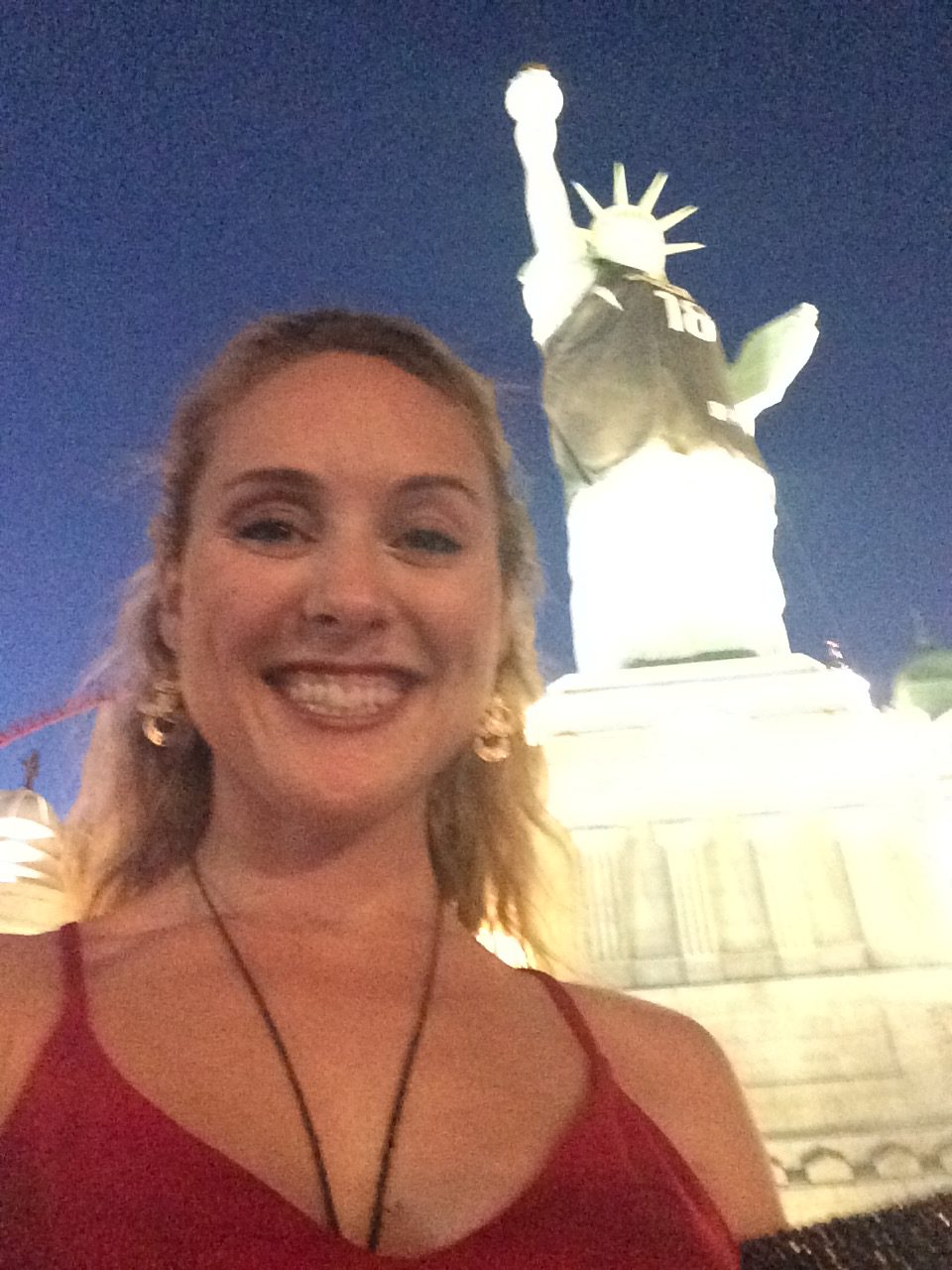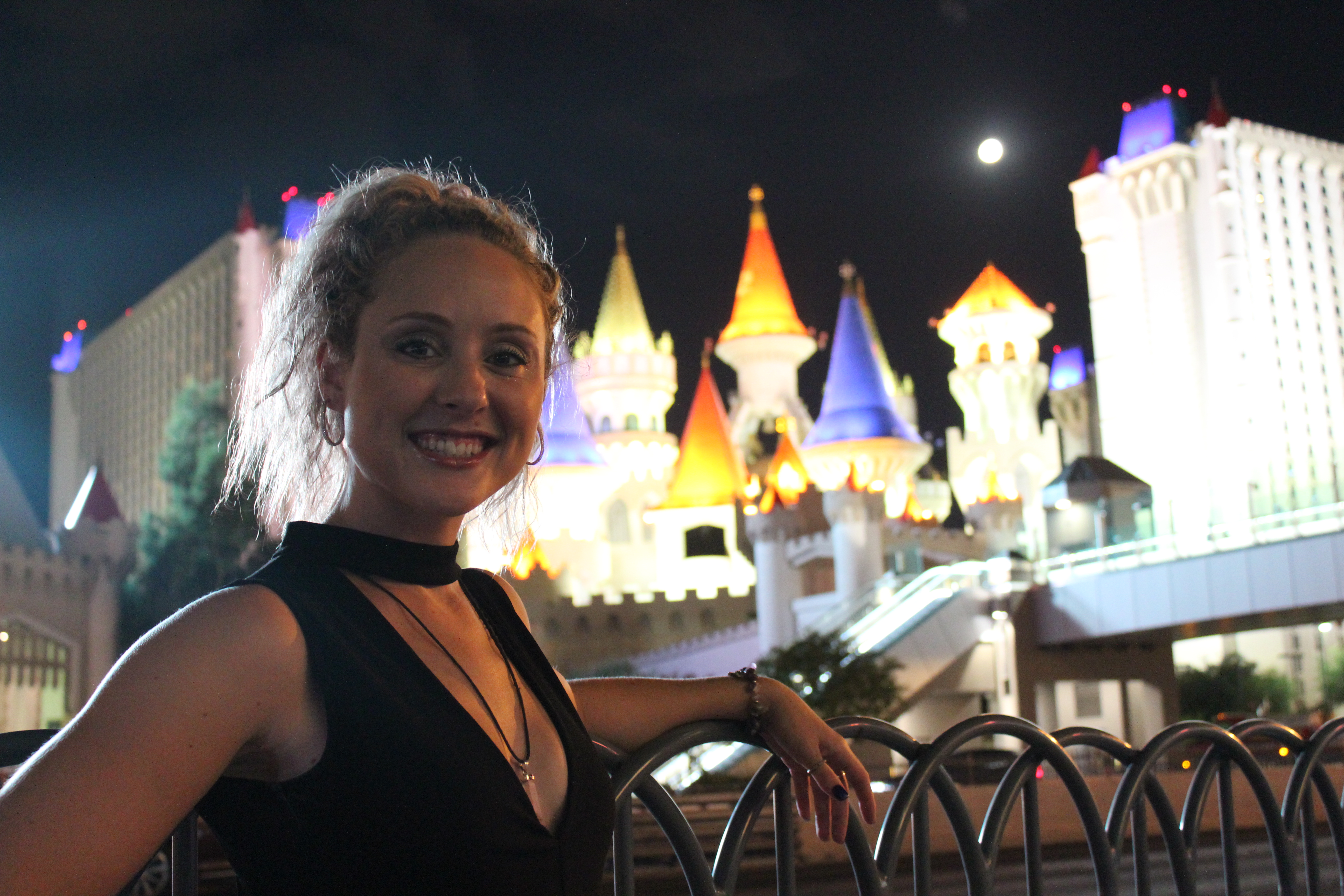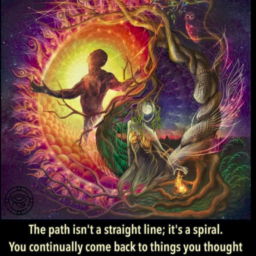Strength comes in many forms and we must remember that we are spiritual beings having a physical experience with emotional, mental, physical and spiritual needs to consider.
Saturday I read through half of the chapter in preparation for this summary before heading to a friend’s birthday party that was great fun I am grateful to have got to enjoy in good company. Before I got myself there however, with all the ‘to dos’ on my list including the completion of this blog and getting the next pre-trial notice prepared and submitted, it felt easier to stay home and the truth is that it always is.
It’s always easier to stay in our comfort zone where we generally know what to expect and have ready access to all the things we’ve gathered and kept round us, but I’ll always remember my early mentor John C. Maxwell’s teaching on interest. He says we’ll always pay for our choices, sooner or later, it’s just a matter of when and how much; “pay up front and enjoy the interest or play up front and pay the interest” was the sentence clause that has stuck with me ever since.
On my way to the party, in my namesake city where so much of my identity was shaped, I recorded Part One of a message related to this week’s theme of “Recovering a Sense of Strength.” Check that out here.
In “The Artist’s Way: A Course in Discovering and Recovering your Creative Self” by Julia Cameron, her chapter on “Recovering a Sense of Strength” contains the following themes we’ll now dig into deeper together: SURVIVAL, THE IVORY POWER, GAIN DISGUISED AS LOSS, AGE AND TIME: PRODUCT AND PROCESS, and FILLING THE FORM.
Let’s now start at the beginning with SURVIVAL: Julia says we must all “learn the art of surviving loss: loss of hope, face, money, self-belief. In addition to our gains, we inevitably suffer these losses in an artistic career.”
“In order to move through loss and beyond it, we must acknowledge it and share it. Because artistic losses are seldom openly acknowledged or mourned, they become artistic scar tissue that blocks artistic growth” as I share in Part Two: Scar Tissue I Had To Work Through while on my way to another meeting yesterday I had to step out of my comfort zone in order to get to. As I reference in the video from this chapter “if artistic creations are our brainchildren, artistic losses are our miscarriages.”
Julia says that criticism is “perhaps the most damaging form of artistic loss” when it “contains no saving kernel of truth yet has a certain damning plausibility or an unassailable blanket judgment that cannot be rationally refuted.”
Teachers, editors, mentors and trusted advisors are described as the authority figures or parental figures for a young artist and having had a retired teacher I barely knew who I’d trusted to edit my first three manuscripts, that I ultimately didn’t approve in part because of our conversations, I can personally attest to the necessity for artists to be discerning about who is given a vote on the life or death of creative brainchildren.
THE IVORY POWER reminds me of ‘the expert in an ivory tower’ claim a former partner had often used in reference to himself and all that he felt he had to share with people who didn’t know he existed, yet. He had done very well for himself by gaining a position of influence in a growing tribe aligned to his skillset yet as a pupil turned partner it was difficult to stand in my own power while trying to help him down from the perceived tower his genius felt confined to until he changed that and built a community of his own.
While still part of someone else’s community he suffered from the resentments he held for the decision maker who limited his power to create without a leash. “Academia harbors a far more subtle and deadly foe to the creative spirit” Julia says because “in a university where the intellectual life is built upon the art of criticizing – on deconstructing work – the art of creation itself, the art of creative construction, meets with scanty support, understanding, or approval.” While the context and type of community we were both members of was not academic in the formal sense, I can appreciate “that the entire thrust of intellectualism runs counter to the creative impulse” which is why “many talented creatives were daunted early and unfairly by their inability to conform to a norm that was not their own.”
“Often audacity, not authentic talent, confers fame on an artist” but “in order to recover our sense of hope and the courage to create, we must acknowledge and mourn the scars that are blocking us… as a necessary rite of passage.”
This is where the sacred sojourn of the soul comes into the frame but in relation to a different game within the bigger game of life we are all playing. I will put together a message on this after I’ve got my next notice sent in to address the false claim being moved in a public court by men and women who are liable, accountable and responsible for trying to cause me harm, loss and participate in fraud given I have acted honourably since this whole charade began last year, and they have not; I have learned a lot because of this dynamic so am grateful and am excited to see what comes from this next action which requires my attention once this blog is done.
GAIN DISGUISED AS LOSS is “the trick to metabolize pain as energy” and how we build (career) resiliency through self-empowerment and choice to continue on despite perceived losses along the way.
“Pain that is not used profitably quickly solidifies into a leaden heart, which makes any action difficult” and reminds me of John C. Maxwell’s teaching on momentum as a ball that can either help you move forward faster when we’re on top of it or can run us over when we stop and it keeps going. Having been run over by momentums I got started and then stopped running with in the past, I can tell you from personal experience this hurts!
AGE AND TIME: PRODUCT AND PROCESS is a great reminder that the creative life is about the adventure and journey rather than the masterpiece that comes from it all. Julia says that when we deny our curiosities for the sake of getting the task at hand done, we block further because the desire to consider something can be a source of inspiration that helps us take the next step; so long as we’re not pursuing our curiosities as a way to start something new without taking steps toward finishing that which we already started, it is likely to serve us well.
Just remember to bring the humility of a beginner’s attitude with you as you begin this new opportunity, despite your ego’s reservations, to ensure you don’t expect yourself to be painting like Picasso after taking an intro class.
FILLING THE FORM is about taking the next small step instead of skipping ahead to a large one for which you may not be prepared recognizing that “there is always one action you can take for your creativity daily. This daily-action commitment fills the form” because one page a day leads to 365 pages after a year.
It’s like the 1% better each day theory leads to a complete revolution and revamp of your self-image after a year of focusing on daily improvements.
Julia reminds us that “creative people are dramatic, and we use negative drama to scare ourselves out of our creativity with this notion of wholesale and often destructive change.” So instead of trying to renovate your whole self-image at once, what if you gave yourself the grace of small incremental changes that add up over time?
“Creativity requires activity” and while we love to contemplate the odds that our creative baby will be a ‘winner’ we must remember that “the odds are what we use to procrastinate about doing what comes next.” Instead of doing something to move closer toward it we instead wager and bet within our minds about our chances without taking the steps required to realize the dream we’re contemplating.
“Small actions lead us to the larger movements in our creative lives” and from personal experience I can attest to the fact that each small step in the direction of a dream moves us closer to it. Like Maxwell Maltz says about the Reticular Activating System (RAS) in a missile that is ‘off-course’ 99% of the time, it nearly always hits its target because it’s RAS continually readjusts its course by staying focused on the target instead of the course there.
The greatest story ever written will be yours if you live a life that inspires others to write about it, which they’ll be able to pull from your lived experience in order to write about. So whether you take up the pen with your own hand or leave it to another man (or woman) to do later, lead a life you’ll love to hear told and one day at a time it will come to pass; just remember the writer always has creative liberty with how a story is presented.
“Many actors allow themselves the dubious luxury of handing their careers over to their agents instead of keeping their art in the custody of their souls” and then their complaints can be about what their agent isn’t doing instead of what they can and will do with the power to create lying within them.
We must have respect for where we are and where we wish to go so that we can move forward instead of backwards as I mention in Recovering a Sense of Strength: Part Two: Scar Tissue I Had To Work Through.
EARLY PATTERNINGS, AFFIRMATIONS and TASKS are all rich sectors I’ll leave for you to work through on your own in hopes that what was shared here inspires to you do the INNER work to recover your inner artist too.
Your life is the ultimate masterpiece so may you create well this day, and the next, and the next, and over time be proud of how far you were able to get!
With love,
Laura JeH – Namaste
